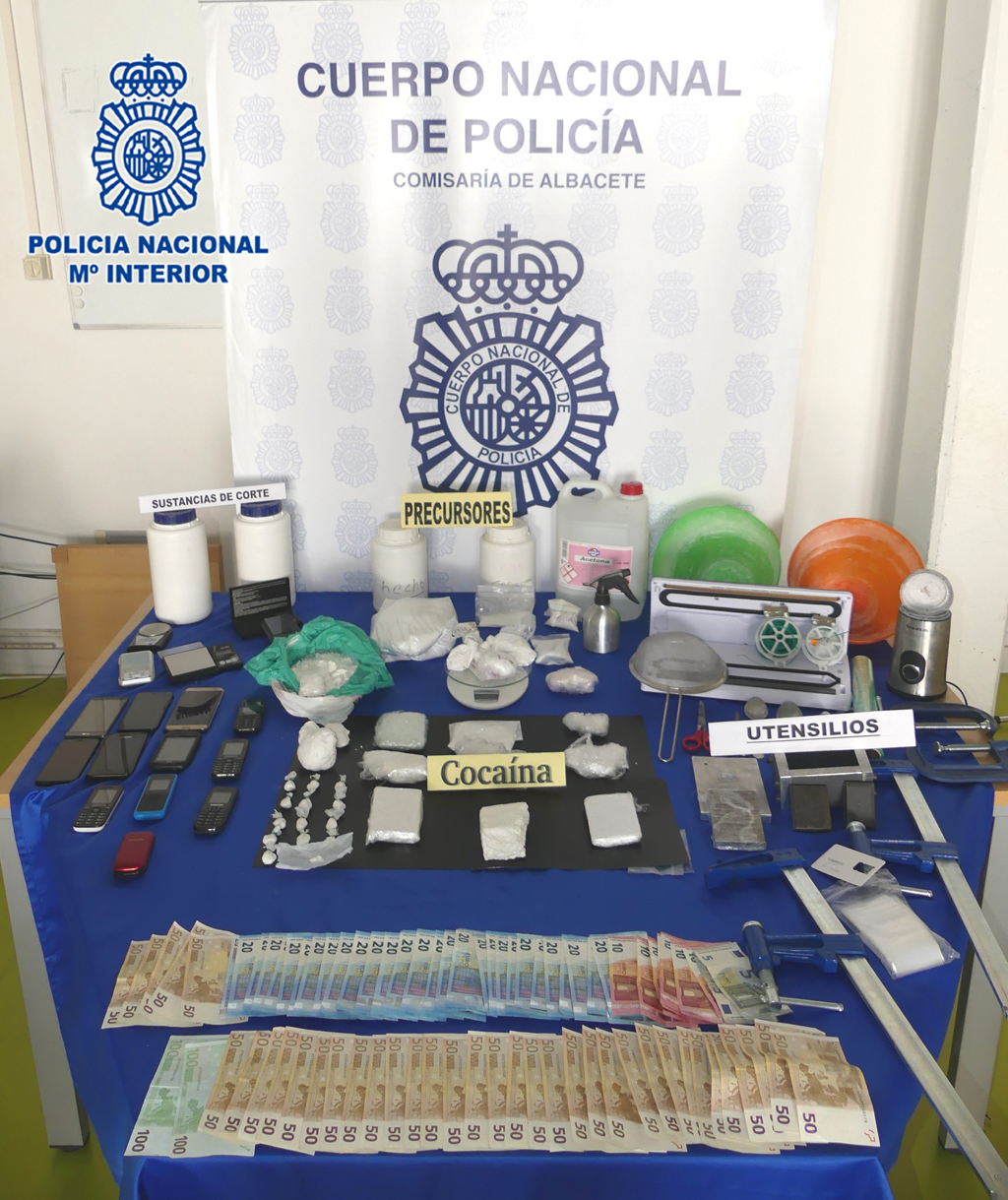

You’ll need to declare what you intend to do with the chemicals they need to be handled and stored safely, and, in some cases, you’ll need prior approval. To legally purchase some of these chemicals in the United States, you need a license. Chemicals like chloroform and other solvents are carcinogenic and can cause damage when inhaled or touched to the skin. Many of the solvents used to synthesize LSD are carefully monitored, and for a good reason. And starting up an LSD laboratory is not easy multiple government agencies monitor the purchase of potentially harmful chemicals for health and safety reasons.
#COMO HACER CRACK CASERO DROGA FULL#
It requires a full suite of laboratory equipment, access to carefully regulated chemicals, and in-depth knowledge of organic chemistry. While it is difficult to say for sure, most LSD in the United States-the world’s largest producer of LSD-comes from just a handful of clandestine laboratories. In a 1966 senate subcommittee hearing, he explained that LSD has the “eerie power to release ancient energies from the brain, I would say even sacred energies.” But, moral skeptics worried that Leary’s perspective on LSD would encourage young people to turn on, tune in, and “drop out.”Īs a partially synthetic compound, LSD is not something that just anyone can make. Leary applauded acid for its safety and spiritual power.

But, that didn’t stop a media frenzy following the plight of Leary and the controversies surrounding LSD. By 1966, Sandoz stopped producing and distributing LSD, due to growing concerns about the safety and the popularity of LSD as a recreational drug. In 1963, both Leary and Alpert were fired from Harvard University. But, the professors’ studies were heavily scrutinized by the scientific community Leary and Alpert conducted the experiments while also tripping themselves and encouraging recreational use. The effects of both LSD and psilocybin mushrooms were put to the test.
#COMO HACER CRACK CASERO DROGA SERIES#
Ram Dass) ran a series of famous experiments with students, including undergrads. In the early 1960s, Harvard University professors Timothy Leary and Richard Alpert (a.k.a. But, the tides took a sharp turn in the late 1960s, when the first major crackdown on psychedelic drugs began. The drug was even marketed under the brand name Delysid, which was used by therapists to help facilitate psychoanalysis. Up until 1968, it was legal for scientists to make LSD. It wasn’t until he accidentally dosed himself with the drug in 1943 did he realize that he had stumbled upon something with a far more unusual significance.Īlbert Hofmann, October 1993. Hofmann hypothesized that the compound was a circulatory and respiratory stimulant a far cry from the entheogen that so many have come to revere today. Number 25 was lysergic acid diethylamide (LSD). In total, Hofmann synthesized 25 different chemical compounds from the chemical constituents that were naturally present in ergot before landing on an unexpected jackpot. From ergotamine, Sandoz was able to create the drug Gynergen, which they marketed as a treatment for hemorrhage during childbirth, as well as an aid for migraines. Hofmann’s employer, Sandoz, a pharmaceutical company that’s still operating today, wanted to isolate potentially beneficial compounds from ergot to market as pharmaceutical medicine. But, as far back as the 1500s, it was also used as an important medicine in midwifery. The fungus, which most frequently inhabits rye grain, is responsible for waves of fatal poisonings that affected thousands of people during the middle ages. Ergot is a parasitic fungus with an unusual history. Instead, he was following in the footsteps of other pharmaceutical chemists, who were exploring the potential of the ergot fungus ( Claviceps purpurea) in medicine. When Hofmann first synthesized LSD, creating a synthetic psychedelic was certainly not his intention.


 0 kommentar(er)
0 kommentar(er)
